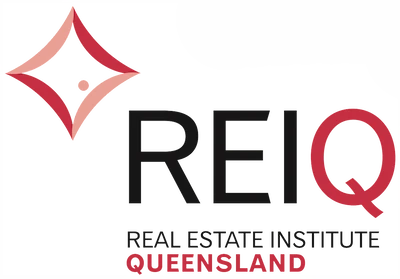Do depreciation deductions apply to you?
Owners of income producing properties are eligible to claim tax deductions for a number of expenses involved in holding a property.
Most investors are aware of some of the deductions they are entitled to; for example, they know they can claim their Property Manager’s fees, council rates and any repairs and maintenance costs. However, all too often investors are unaware of property depreciation and as such they frequently miss out on the valuable returns these deductions can provide them with when they complete their annual income tax returns.
To help investors maximise the deductions they can claim from an investment property, let’s look at some key points to help you understand depreciation.
What is depreciation?
Over time, any building and the assets contained within it will experience wear and tear. Legislation allows the owners of any income producing property to claim this wear and tear as a tax deduction called depreciation. Unlike other expenses involved in holding a property, such as repairs and maintenance for instance, an investor does not need to spend any money to be eligible to claim it. For this reason, depreciation is often described as a non-cash deduction.
Types of depreciation deductions available
The Australian Taxation Office (ATO) clearly defines two types of depreciation allowances available for property investors:
- Division 43 capital works allowance
- Division 40 plant and equipment depreciation*
The capital works allowance refers to what an investor can claim for the wear and tear that occurs to the structure of the property. This includes any structural improvements that may have been made during a renovation.
As a general rule, any residential building where construction commenced after the 15th of September 1987 will entitle their owner to capital works deductions at a rate of 2.5 per cent per year for up to forty years.
Owners of older buildings constructed prior to 1987 should still find out what deductions are available, as often these buildings will have undergone some form of renovation which can result in capital works deductions for the owner.
Plant and equipment depreciation* on the other hand, refers to the deductions an investor can claim for the wear and tear that occurs to the easily removable fixtures and fittings found within the property.
There are more than 6,000 different assets recognised by the ATO which an investor can claim depreciation deductions for. Some examples include the carpets, blinds, air conditioners, hot water systems, smoke alarms and ceiling fans.
Unlike structural items, no date restrictions apply when claiming depreciation on plant and equipment assets. Each of the assets is assigned an individual effective life and depreciation rate by which depreciation should be calculated.
* Under new legislation outlined in the Treasury Laws Amendment (Housing Tax Integrity) Bill 2017 passed by Parliament on 15th November 2017, investors who exchange contracts on a second-hand residential property after 7:30pm on 9th May 2017 will no longer be able to claim depreciation on previously used plant and equipment assets. Investors can claim deductions on plant and equipment assets they purchase and directly incur the expense for. Investors who purchased prior to this date and those who purchase a brand-new property will still be able to claim depreciation as they were previously. To learn more visit www.bmtqs.com.au/budget-2017 or read BMT’s comprehensive White Paper document at www.bmtqs.com.au/2017-budget-whitepaper.
Who should you contact to calculate and maximise your deductions?
Often an investor will make the mistake of thinking their Accountant will claim all of the deductions available in their investment property. When it comes to depreciation, however, it is important to consult an expert in this area.
Legislation recognises Quantity Surveyors as being one of a few select professionals with the knowledge necessary to estimate construction costs for depreciation purposes.
A specialist Quantity Surveyor will use their skills to provide a depreciation schedule that outlines the deductions an investor can claim for any specific property at the end of each financial year. An Accountant will then use the figures outlined in the depreciation schedule when submitting the investor’s individual income tax return at the end of financial year.
How will depreciation help an investor?
The additional funds an investor receives by claiming depreciation can have a significant impact on their available cash flow. On average, an investor can claim between $5,000 and $10,000 in depreciation deductions in the first financial year.
To learn more about depreciation, visit the tax depreciation overview page on the BMT Tax Depreciation website. Alternatively, for a free assessment of the available deductions in any investment property, contact the expert team at BMT on 1300 728 726.
Article provided by BMT Tax Depreciation.
Bradley Beer (B. Con. Mgt, AAIQS, MRICS, AVAA) is the Chief Executive Officer of BMT Tax Depreciation.
Please contact 1300 728 726 or visit www.bmtqs.com.au for an Australia-wide service.


